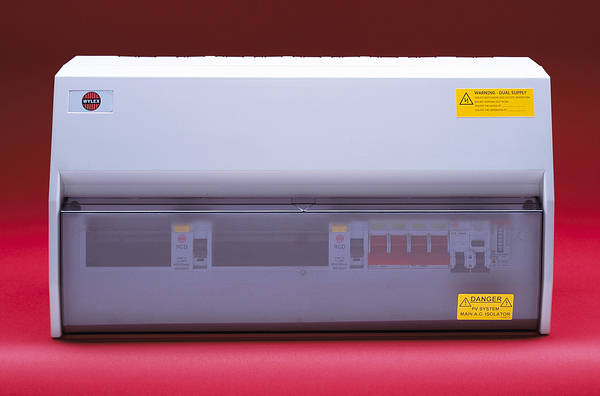I see how a solar panel detects disconnection from the grid, however what I question is the speed at which it works, be it voltage, frequency or both it will in fullness of time drift outside of limits and disconnect, it has a time before it can reconnect, so with a street full of solar panels one by one they will disconnect and stay off line until the mains has be reconnected for a set amount of time.
However what is in question is how fast it will disconnect? Because the voltage, frequency or both need to drift out of limits, we are left with the question how long will it take for the supply to drift? Will it be fast enough to automatically disconnect in the time allowed? We have 40 milliseconds for it to disconnect if we have it connected in a way where it can supply power to the load side of the RCD supplying multi-circuits.
I can't see how we can guarantee it will drift within that time, It may drift within the time 9 out of 10 times, but it has to do it 10 out of 10 times. Since the RCD will take time to trip you have not even got 40 ms if the RCD takes 25 ms then only 15 ms for it to disconnect, and the RCD could take 39 ms of course. So simply can't see how you can have the same RCD supplying the MCB to the grid tie inverter as any other circuit.
Only option is a double pole RCBO and although some makes of consumer unit will permit fitting of single modular width double pole RCBO are the only option with many consumer units. Then comes the whole idea of a consumer unit, it is a type tested distribution unit, and unless the manufacturer states you can connect a second supply to output terminals then you can't do it, as it would invalidate the type testing.
So if Wilex says you need a double modular RBCO then that is the only way with their box.
The old Polycarbonate version costs over £300 not found a metal version.


